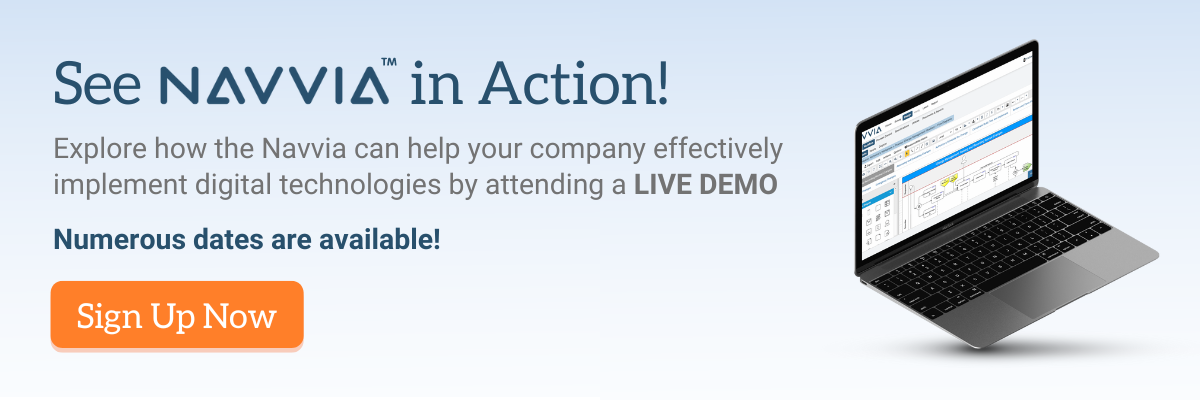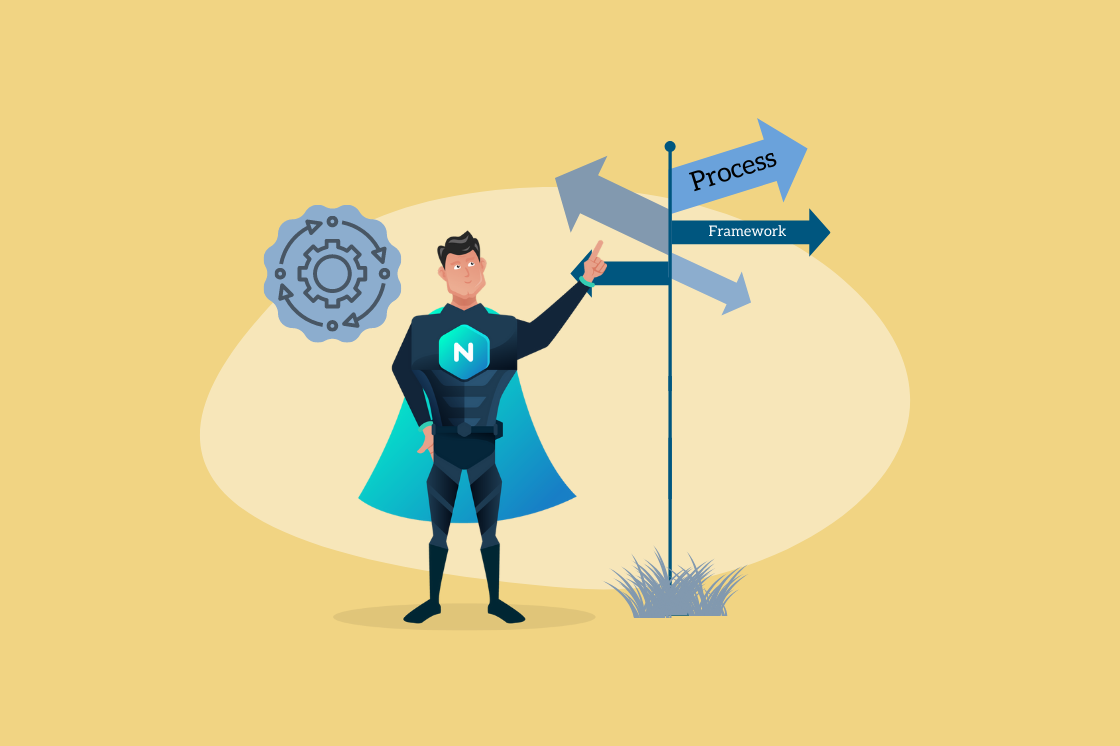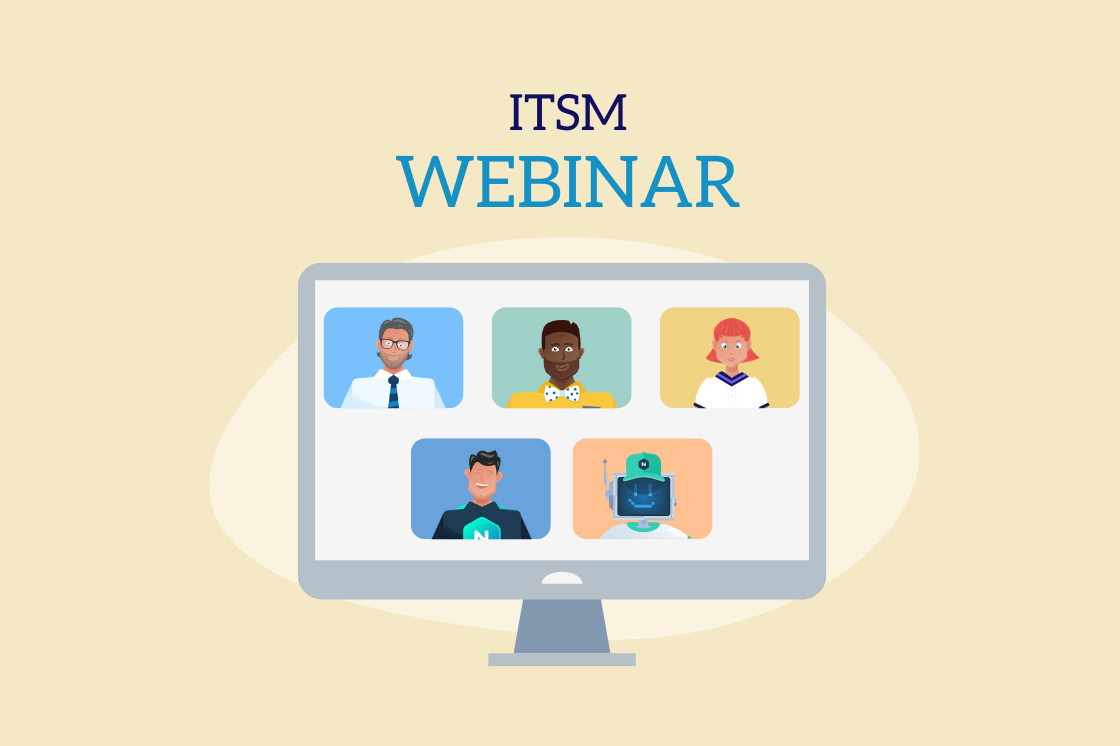Establishing Support for Your BPN Process Governance Process
Strategic alignment, process framework, and governance are all necessary steps to implement a solid and effective Business Process Governance (PBG) framework, as presented in detail in the first three parts of this series.
The next step in the BPG implementation process is the enterprise establishing a support model for the BPG program. Since process initiatives can occur throughout an organization, having the proper process support is necessary for overall success. The support model should also guide identifying related components currently being changed to simplify updates across all related documentation.
Support
There is a strong interdependency between processes, as most processes are cross-functional. As such, it is critical to have strong support for all process initiatives, which may be active throughout an enterprise. Additionally, there should be guidance within the process framework, which makes it easier to change process documentation in a simplified manner so all related details are consistent.
Typically, a person or small process team will guide process work within an organization. This group must have BPM and BPG skills, a good understanding of the organization, and experience with the organization’s process and governance frameworks.
They should provide real-time guidance to any other teams actively working on defining or managing processes and help to provide just-in-time training as needed.
The group is also accountable for the BPG framework and supporting documentation and will review those processes regularly to ensure they satisfy the needs of the enterprise.
The process team will also review metrics across the various processes and identify areas that might need more guidance and support.
A good practice is to allow others within the organization to take a “tour of duty” on the process team. There are several benefits to staffing the team in this way. It allows a rotation of knowledgeable staff into delivery teams and will lead to a continued focus on enterprise-wide process improvement when the tour ends.
It also helps keep skills and perspectives fresh as incoming team members move from following processes to guiding processes. They can offer on-the-ground experience, which can help improve the overall BPG framework. A strategic rotation of people to and from this team at different intervals maintains a healthy balance across the enterprise.
There are many relationships between processes. Documenting and maintaining those relationships can be very complicated. Having a straightforward naming convention and unique IDs for each task or activity makes it easier to change as the process evolves.
Please avoid using the short name or description for the ID, as tasks themselves may change. A more generic ID for reference will make it easier to update all related documentation.
The process framework should outline the documentation artifacts for any given process, highlighting the components used in various process deliverables. Examples include process flowcharts, RACI charts, SIPOC Diagrams, and work instructions.
For instance, a specific task name will be on the flowchart and the RACI diagram. Using a unique ID as a reference for those attributes of process components will simplify the process of making updates across all deliverables, including those dependencies in other process documentation.
There are tools in the marketplace that may make some, if not all, of these updates easier. If tooling is an option, then supportability is something to consider when choosing the best product to simplify your BPG implementation.
A solid support infrastructure for process initiatives and the means to simplify updates to documentation are essential criteria for a successful BPM and BPG program.


